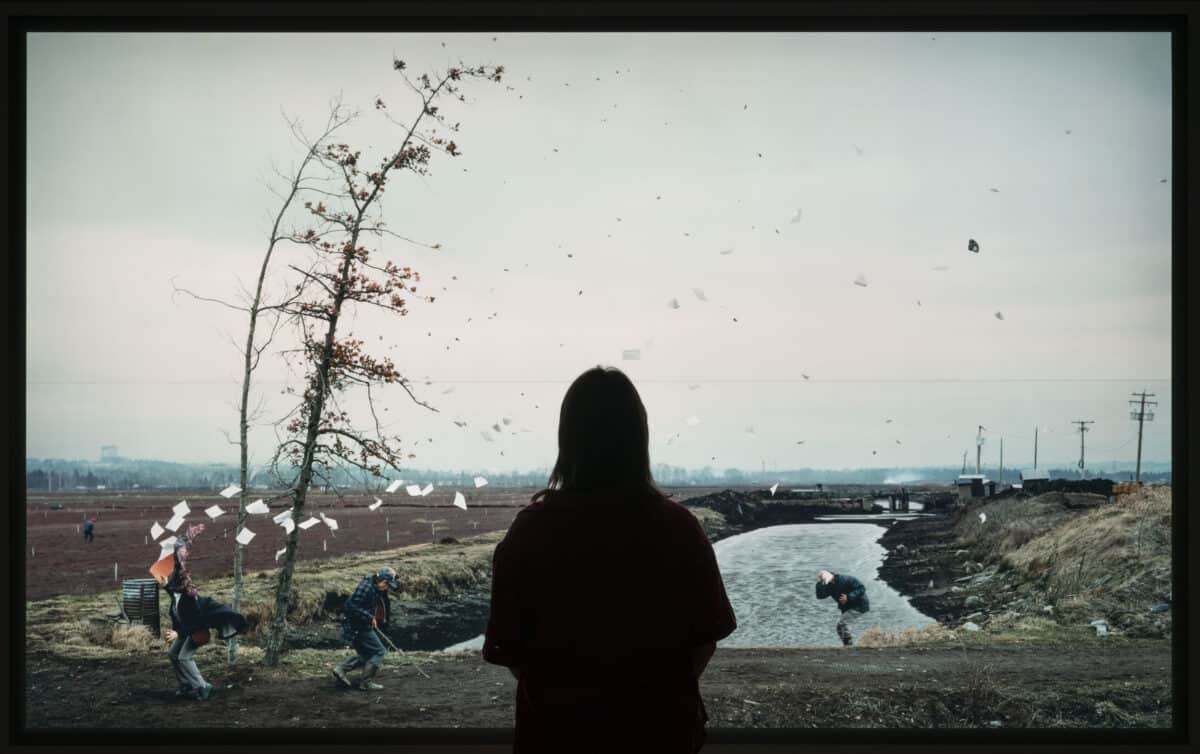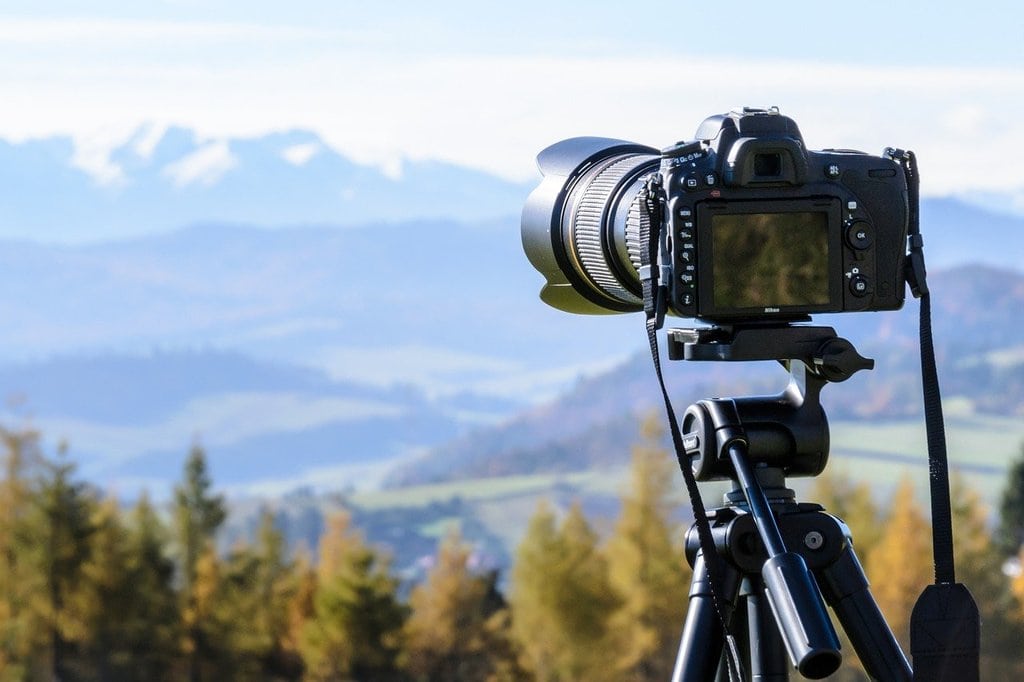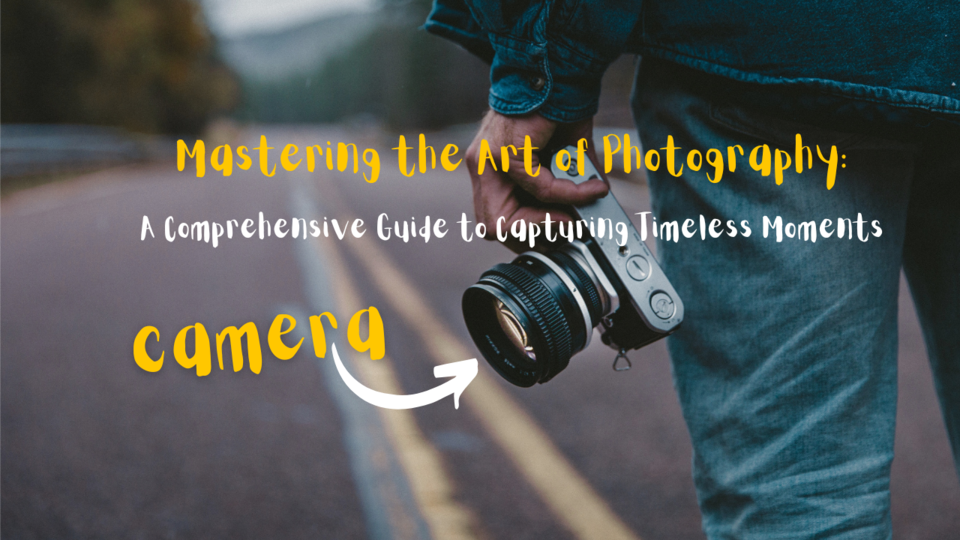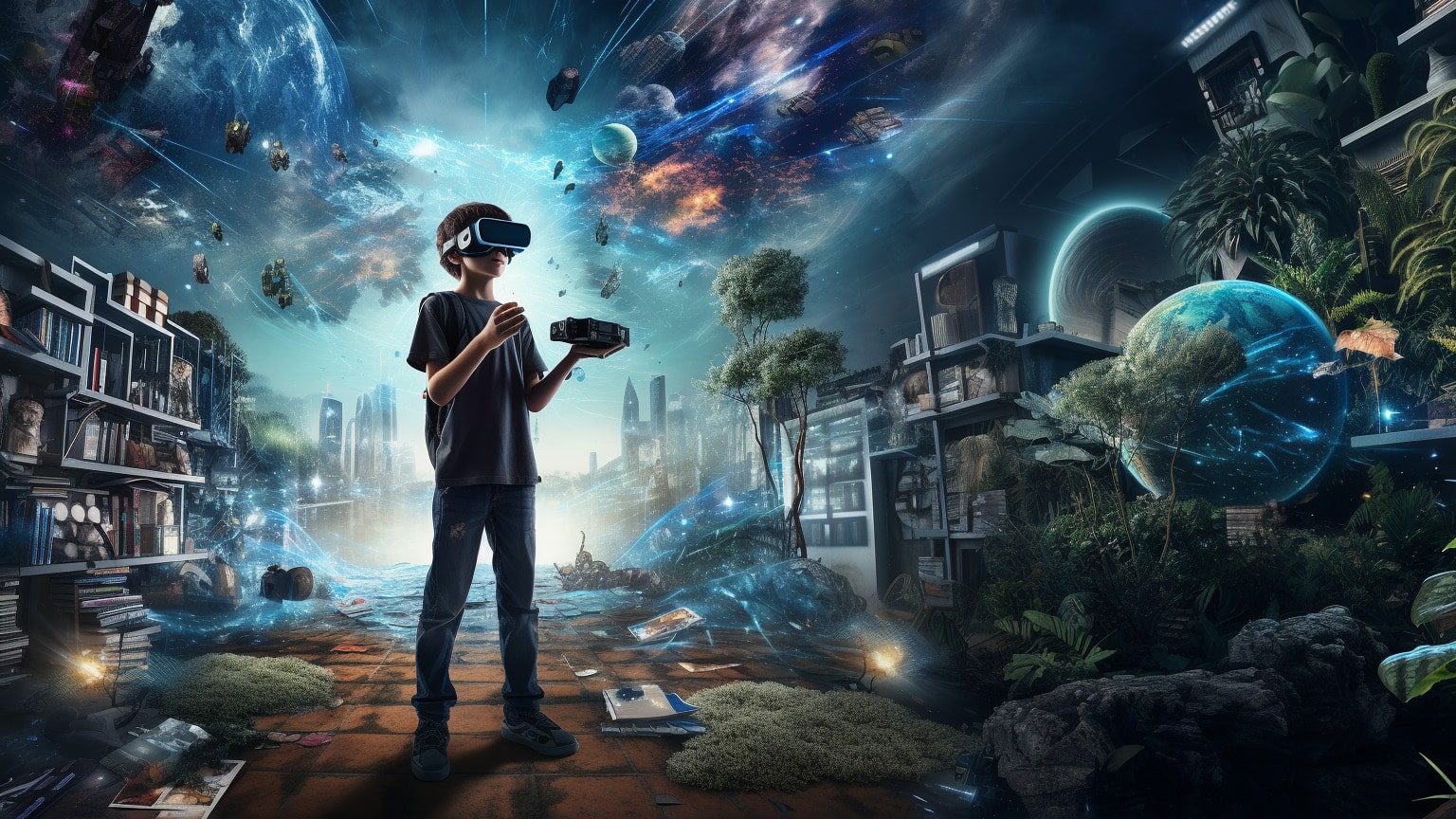Capturing Moments: Unveiling Modern Photography Techniques and Trends

2-12-2024, 01:58 Admin 4 846 0
Photography, as an immersive form of art, is perpetually evolving. Technology's incessant advancement, integrating with photography, has significantly reshaped how we capture memorable moments. This article aims to explore how modern tools, resources, and techniques have streamlined photography, introducing an unparalleled efficiency in capturing and presenting stories via visually engaging outcomes.
Firstly, the invention of smartphones with high-definition camera capability has democratized photography. The general public now holds the power to capture high-quality photos without lugging around bulky DSLR cameras. For instance, the use of computational photography in smartphone camera software utilizes complex algorithms to create images that can even outperform traditional camera outputs. This technology blends multiple pictures, layering different exposure levels and details and produces one final, well-lit, and precisely focused photograph.
Automation has also taken root in the field of photography. Examples of this include the drone-captured photos and the time-lapse feature. Drone photography is gaining immense popularity due to its ability to deliver high-definition photos and videos from unique aerial perspectives. Professionals in fields such as real estate, wedding, and nature photography appreciate this tool's ability to provide stunning bird's-eye-view shots with remarkable ease.
On the other hand, the time-lapse technique provides an innovative method of capturing moments in frames at predetermined intervals to illustrate an event happening over an extended period. By compressing this into a few seconds on playback, visuals that unfold over significant timescales, like blooming flowers or moving celestial bodies, can now be enjoyed in a fraction of the time.
Let's not overlook digital post-processing, the technique that has revolutionized the presentation of photographic images. With software like Adobe Lightroom and Photoshop, photographers can correct flaws, enhance colors, manipulate elements in their images, and create a variety of aesthetics by altering light, composition, and depth. Additionally, new trends like HDR photography have been made possible. HDR, or High Dynamic Range, requires multiple shots taken at varying exposures to achieve a final photo with balanced lighting and greater detail.
In the realm of professional photography, mirrorless cameras are making a stir. Their small size, lighter weight, and impressive high-speed shooting capabilities make them a popular choice among photographers. They combine the best of conventional DSLR cameras with the versatility and compactness of a smartphone, resulting in a piece of technology that caters to both casual photographers and professionals alike.
Virtual reality (VR) and augmented reality (AR) are other groundbreaking technologies shaping photography trends. VR photography enables the creation of interactive, 360-degree images that offer a fully immersive viewing experience. Alternatively, AR provides layered information about specific photo points, thus adding more context to the objects or locations being viewed.
As technology continues to evolve rapidly, it's fair to envision how the landscape of photography will transform further. Amidst these advancements, the core principles of photography - to capture, create, and communicate visually - will remain impervious but with added layers of efficiency and-user-friendliness. From smartphones to drones, software to mirrorless cameras, and even AR and VR, the modern face of photography is as exciting as it is enthralling. Tech-driven trends and techniques in photography are not just optimizing the act of capturing moments; they are revolutionizing how we perceive, interact with, and enjoy these captured moments.
Firstly, the invention of smartphones with high-definition camera capability has democratized photography. The general public now holds the power to capture high-quality photos without lugging around bulky DSLR cameras. For instance, the use of computational photography in smartphone camera software utilizes complex algorithms to create images that can even outperform traditional camera outputs. This technology blends multiple pictures, layering different exposure levels and details and produces one final, well-lit, and precisely focused photograph.
Automation has also taken root in the field of photography. Examples of this include the drone-captured photos and the time-lapse feature. Drone photography is gaining immense popularity due to its ability to deliver high-definition photos and videos from unique aerial perspectives. Professionals in fields such as real estate, wedding, and nature photography appreciate this tool's ability to provide stunning bird's-eye-view shots with remarkable ease.
On the other hand, the time-lapse technique provides an innovative method of capturing moments in frames at predetermined intervals to illustrate an event happening over an extended period. By compressing this into a few seconds on playback, visuals that unfold over significant timescales, like blooming flowers or moving celestial bodies, can now be enjoyed in a fraction of the time.
Let's not overlook digital post-processing, the technique that has revolutionized the presentation of photographic images. With software like Adobe Lightroom and Photoshop, photographers can correct flaws, enhance colors, manipulate elements in their images, and create a variety of aesthetics by altering light, composition, and depth. Additionally, new trends like HDR photography have been made possible. HDR, or High Dynamic Range, requires multiple shots taken at varying exposures to achieve a final photo with balanced lighting and greater detail.
In the realm of professional photography, mirrorless cameras are making a stir. Their small size, lighter weight, and impressive high-speed shooting capabilities make them a popular choice among photographers. They combine the best of conventional DSLR cameras with the versatility and compactness of a smartphone, resulting in a piece of technology that caters to both casual photographers and professionals alike.
Virtual reality (VR) and augmented reality (AR) are other groundbreaking technologies shaping photography trends. VR photography enables the creation of interactive, 360-degree images that offer a fully immersive viewing experience. Alternatively, AR provides layered information about specific photo points, thus adding more context to the objects or locations being viewed.
As technology continues to evolve rapidly, it's fair to envision how the landscape of photography will transform further. Amidst these advancements, the core principles of photography - to capture, create, and communicate visually - will remain impervious but with added layers of efficiency and-user-friendliness. From smartphones to drones, software to mirrorless cameras, and even AR and VR, the modern face of photography is as exciting as it is enthralling. Tech-driven trends and techniques in photography are not just optimizing the act of capturing moments; they are revolutionizing how we perceive, interact with, and enjoy these captured moments.
Related News
Leave a Comment


